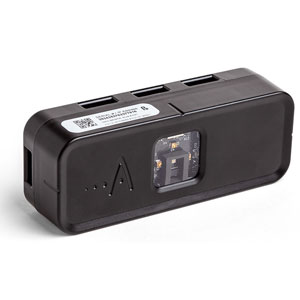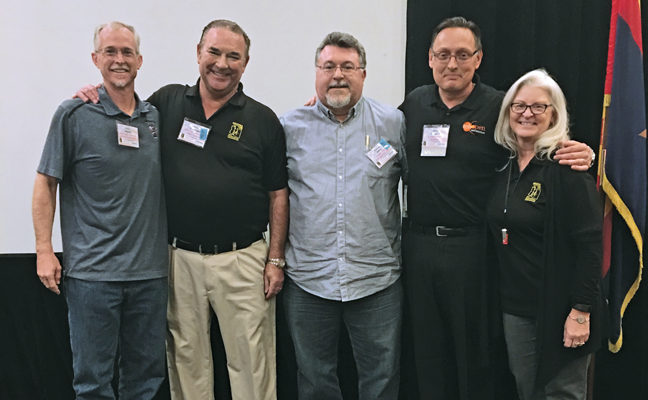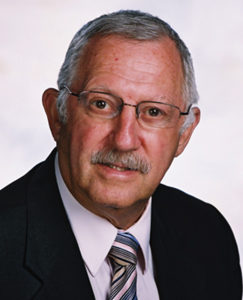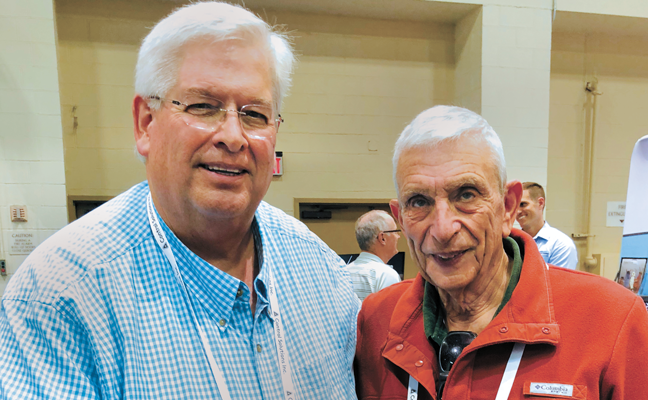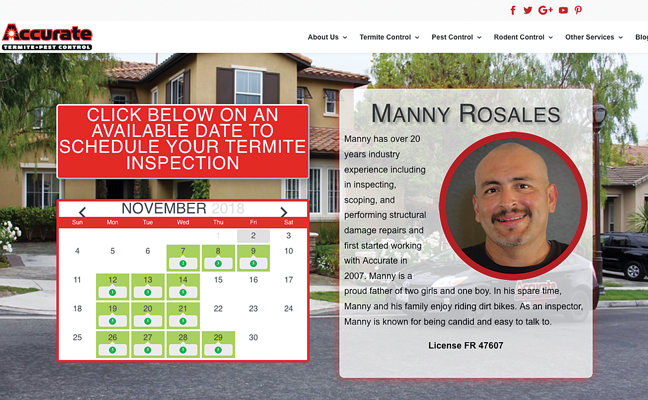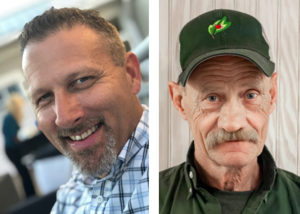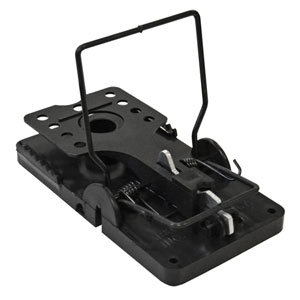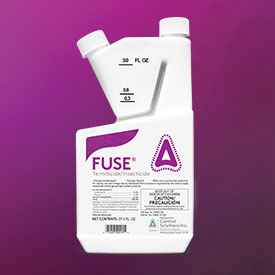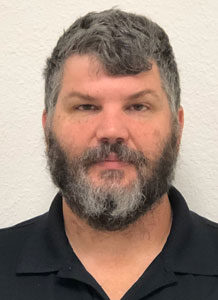
PHOTO: ISTOCK.COM/ERIKKARITS
I can remember hunting for insects at age 4. Turning over rocks and debris allowed me to peek into their hidden world. Over time, I could predict which logs and debris would yield the greatest discoveries.
The excitement of that little boy never left me. When I enter an account to hunt for cockroaches, my mind takes me back to my childhood and how exciting this is. With more than 60 years of hunting Blattella germanica under my belt, my knees may bend a little less and I bounce back up a little slower, but the thrill of the hunt thrives within me. Let me share with you how to be a better cockroach hunter. Here are my lucky dozen best techniques.
1. Out of reach … out of mind … out of control. The places hardest to reach harbor cockroaches, and for good reason. It is a safe haven for them. This means you have to work at reaching these areas and move boxes; climb ladders; and open wall voids, electrical plates and cardboard boxes. It is like turning the log to see what is under or in it.
2. Wave your hands, put your nose closer to suspect areas. Cockroach fecal material and their secretions have a distinct odor. Seeking it out is similar to a deer or bear smelling to alert for predators.
3. Look for lines and edges. Cockroaches use them to walk along. See where the lines reach a corner, particularly on ceilings. It could be the corner of a room or where center columns reach a suspended ceiling in a restaurant.
4. Lift suspect tables and drop them with a bang. Some cockroaches pocketed underneath tables may drop out.
5. Look for wooden items over stainless steel and smooth plastic. Cockroaches do better smearing their fecal material on these locations because they offer a better environment in which to harbor. Check soda cartons, a knife-holding wood block and wooden shelves.
6. Ask the persons living or working in the facility, “Where do you see cockroaches?” When they answer “all over,” ask them where they saw most of them and where the last ones they saw were. It helps pinpoint what you need to know. In a restaurant, ask the first person who arrives in the morning and turns on the lights. If cockroaches are present, he or she will know it.
7. Leave the light off when you enter a darkened basement or room. Scan the area with a flashlight. If you see any cockroaches, remember where. Now, turn the lights on and let the cockroaches scatter. They will retreat to their hidden harborages. They just let you know where to look; this is called working smarter, not harder.
8. Search for warmer areas. Heat from motors, ovens and stoves attract cockroaches to harbor nearby, especially if rooms are air-conditioned.
9. In suspect areas, use a small tack bar. Slightly lift or pull items away from walls. Cockroaches may be behind loose baseboards, for example.
10. In dry areas, look into floor drains, near dripping pipes and faucets. The more difficult it is to reach these areas, the greater the chance you will hit pay dirt.
11. Keep a record of where you first see any cockroaches. History can repeat itself, even years later.
12. Use sticky traps. Hide them in different vulnerable zones. When you do find cockroaches — even one — let the adrenaline flow and start an intensive search in that area. They are somewhere close by.
Final thoughts
A very successful baseball player bats .333. That means he fails more times than he succeeds. A great cockroach hunter bats .100. Why? Because he keeps looking. Cockroaches are not in every single harborage, but you need to inspect them all regardless.
Remember to look for the unconventional. Cockroaches may harbor behind the loose gasket of a refrigerator door, in a telephone or inside a coffee maker. That is what makes them so successful. They adapt very rapidly to new items, but you can outthink them if you think like a cockroach. For a much more detailed and practical approach to cockroach biology and control, obtain a copy of the Cockroach Combat Manual II that I co-wrote with Paul Bello. You can purchase it at mypmp.net/shop.
So long, for now
After almost six decades of writing a column, I wish to end this chapter of my career by thanking all my readers for allowing me to share my knowledge in hopes of improving the professional approach to pest management.
Thanks also go to the staff at Pest Management Professional (PMP) for carrying my columns and technical articles. My biggest thanks goes to my wife, Barbara, who struggled through my handwriting, and typed, corrected and informed me if I needed to change something. I still plan to contribute to PMP from time to time, so I’ll see you again soon. Happy hunting.

from Pest Management Professional https://www.mypmp.net/2018/12/29/12-tips-for-cockroach-hunting/
Sacramento CA

